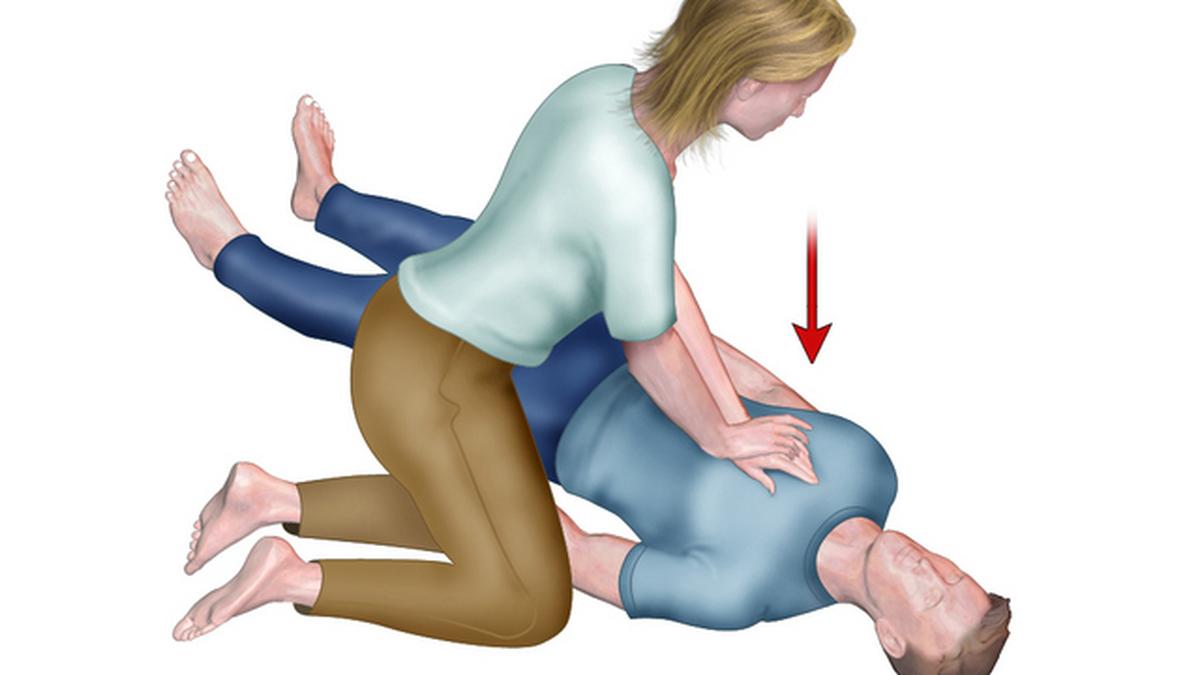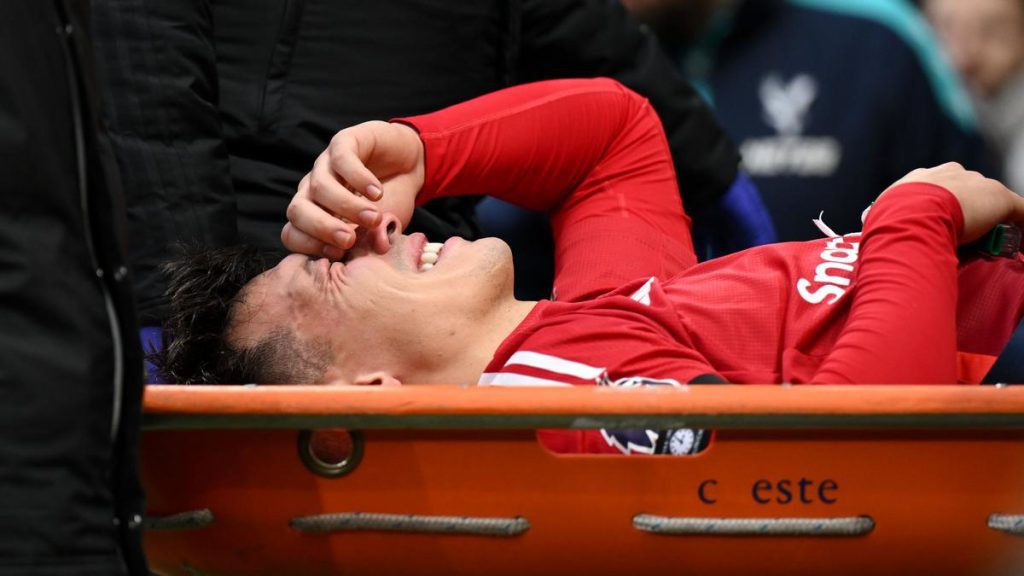CPR can help prevent deaths: The need for more awareness, training of this life-saving procedure Premium


CPR can help prevent deaths: The need for more awareness, training of this life-saving procedure Premium
Earlier this month, several college students and members of the public in Chennai, were given an orientation on conducting cardiopulmonary resuscitation, by a private hospital. Cardiopulmonary resuscitation or CPR can revive a person who has had a sudden cardiac arrest. However, very often bystanders who may be witness to someone suffering cardiac arrest do not know what to do, and the person could then die for want of life-sustaining oxygen.
Manzoor Shaik, head of Emergency Medicine at Dr. Mehta’s Hospital in Chennai, explains the importance of CPR and how to perform it. A cardiac arrest can happen without warning, anywhere. “Health issues such as breathing difficulties, chest pain, profuse sweating and giddiness can sometimes worsen rapidly into life-threatening emergencies and can lead to a sudden cardiac arrest,” he says.
In India, reports suggest that annually 5 to 6 lakh residents die of sudden cardiac arrest. The actual number may be far higher, Dr. Shaik points out. In such situations, every second matters. “Immediate action by a bystander trained in CPR can double or triple survival chances,” Dr. Shaik says.
Doctors say the chain of survival from sudden cardiac arrest begins with early recognition and activation of the emergency response and immediate, high-quality CPR that a bystander can provide. Trained bystanders can bridge the critical gap between the occurrence of the incident and the arrival of medical help.
“Awareness and community training initiatives in Basic Life Support skills can go a long way in improving outcomes of out-of-hospital cardiac arrest,” explains Dr. Shaik, who led the recent training programme for community members.
CPR is performed to stimulate the heart’s function to enable it pump blood to the vital organs. “We give compressions on the chest only to continue the oxygen supply to the brain and heart. The aim is to keep the patient going until an ambulance comes. It is very well established that if bystanders give CPR it, this improves survival outcomes of a patient who has suffered a cardiac arrest,” says A. Dhavapalani, head of the emergency department at Apollo Hospital in Chennai
“It is straightforward. There should be no pulse, and the person must have stopped breathing and be unconscious,” explains . The procedure is simple, explains Dr. Dhavapalani “If a person has collapsed and there is no sign of movement, you check for breathing: watch if the chest and abdomen rise and fall. You do not move the patient, but you feel for the carotid pulse. It is the most easily accessible and strong pulse. You should watch this for 5 seconds, but no more than 10 seconds. Simultaneously feel the pulse while turning your head to the abdomen and chest,” he says.
While it may look hard, in reality, it is not very difficult to get trained in CPR. Dr. Dhavapalani says it takes a maximum of an hour and half for one person to be trained. What if a person is trained but hasn’t had the opportunity to conduct CPR? For trained personnel, it is mandatory to take up a refresher course every two years, he says.
While Dr. Dhavapalani points out that CPR training should be made part of the school curriculum, in India, it is only now that even medical colleges have started making it mandatory for interns. “By the time a medical student graduates now, they would have learned to perform CPR,” says Dr. Dhavapalani. Other countries however, are far ahead: the United Kingdom made CPR mandatory in the school curriculum around eight years ago, he adds.
The magnitude of the problem is explained succinctly by the Indian Resuscitation Council Federation that also offers training courses on CPR. Approximately 4,280 persons out of 1 lakh persons who suffer a sudden cardiac arrest die as compared to 60 to 151 per lakh inhabitants in the United States.
In India sudden cardiac arrests account for more than 60% of all cardiac deaths and 70% of out-of-hospital cardiac arrests occur at home. Unfortunately, only about 46% of people experiencing such an event receive immediate help, says the council’s chairman S.S. Chakrarao. Around 90% of the people who suffer out-of-hospital cardiac arrest die.
Dr. Chakrarao says a delay of each minute in resuscitation could reduce by 7% to 10% the chance of survival of a cardiac arrest victim, underscoring the need for more awareness, training, and so perhaps, the saving of more lives.










